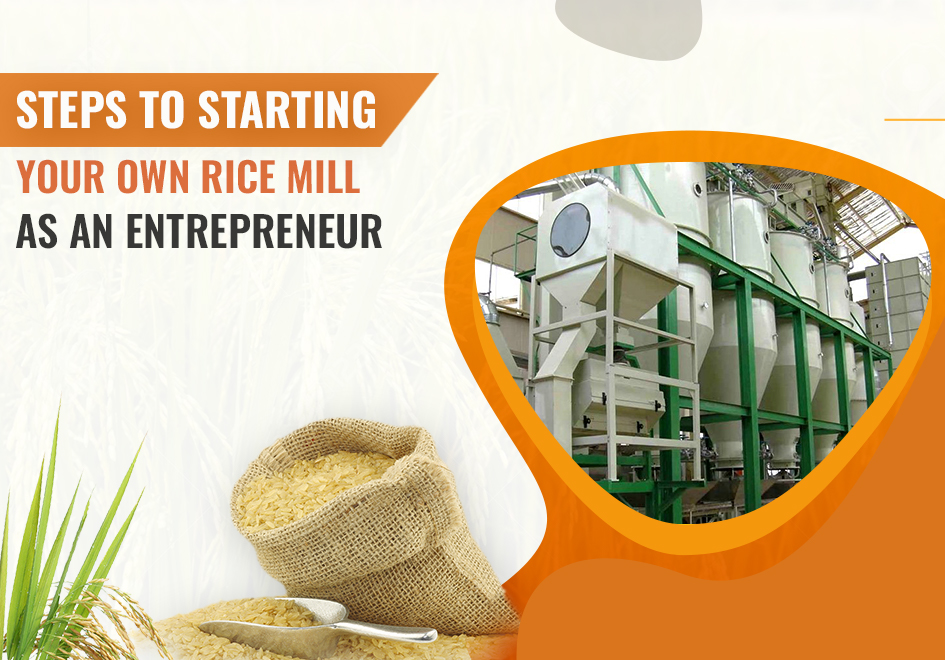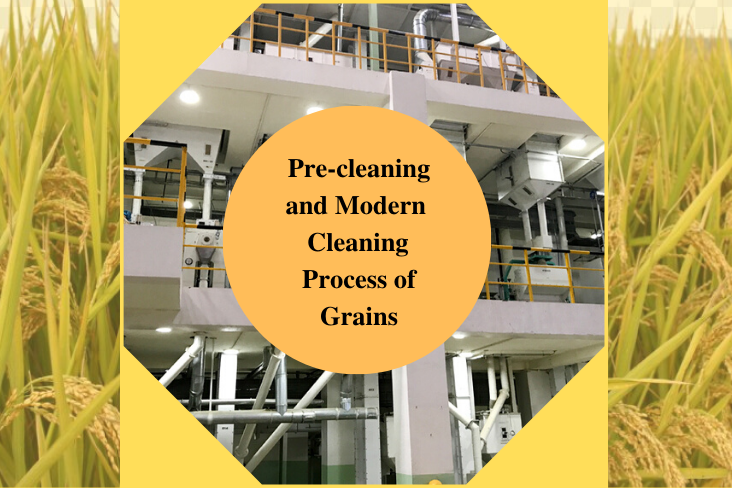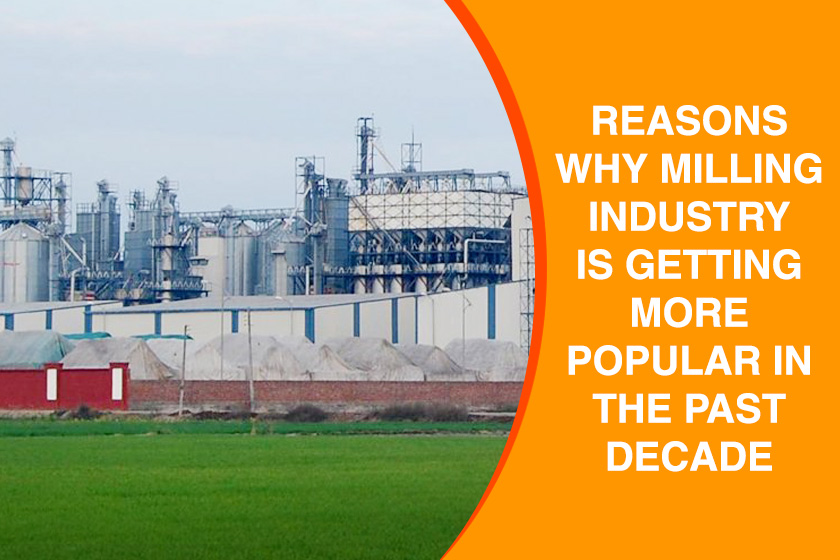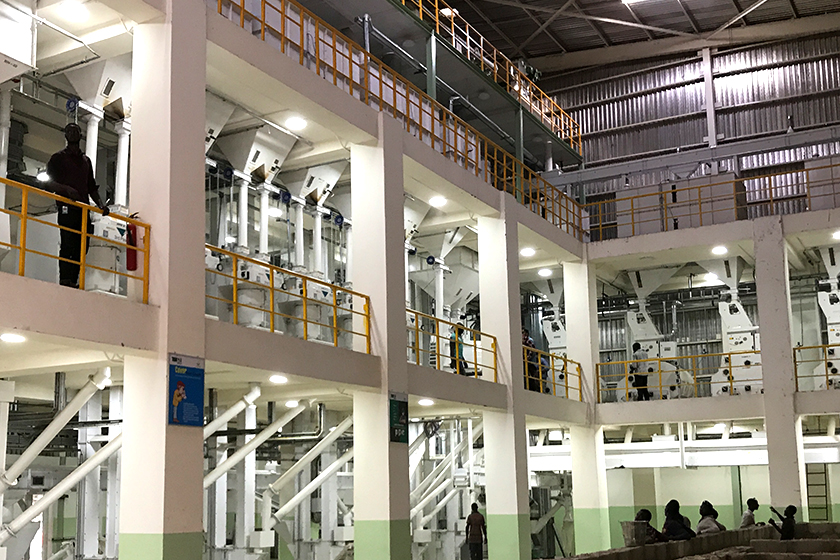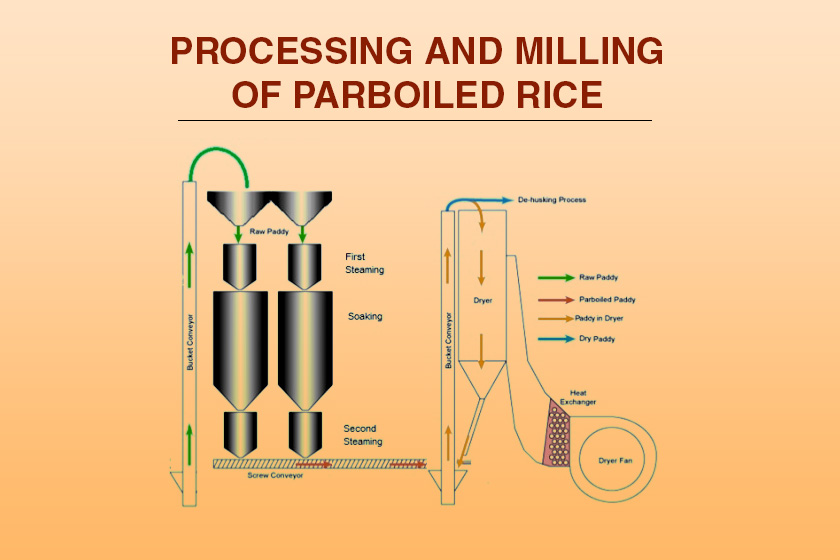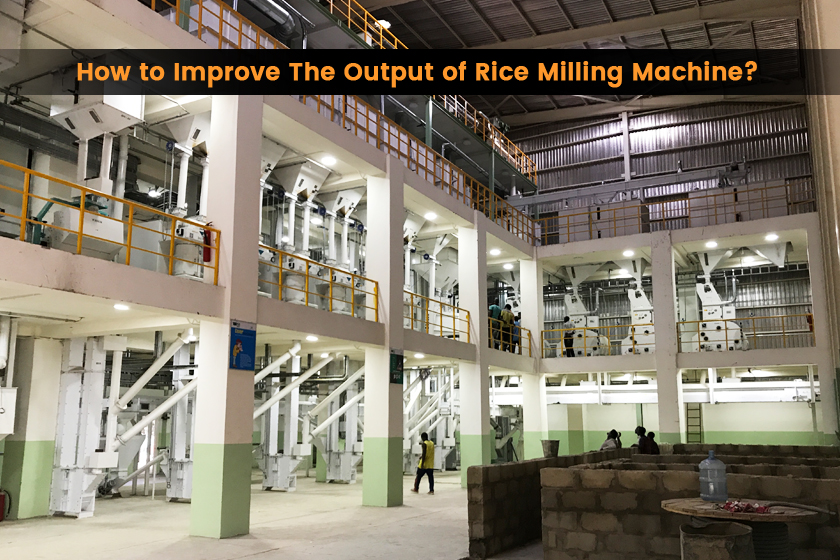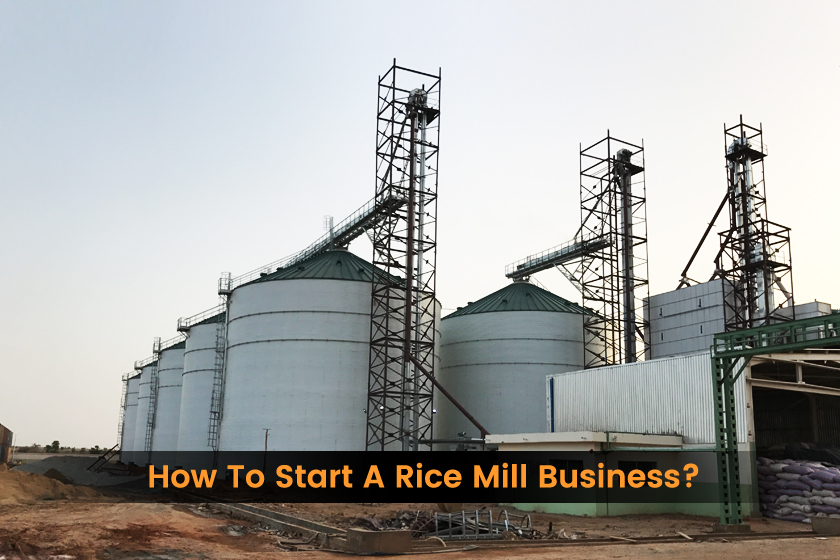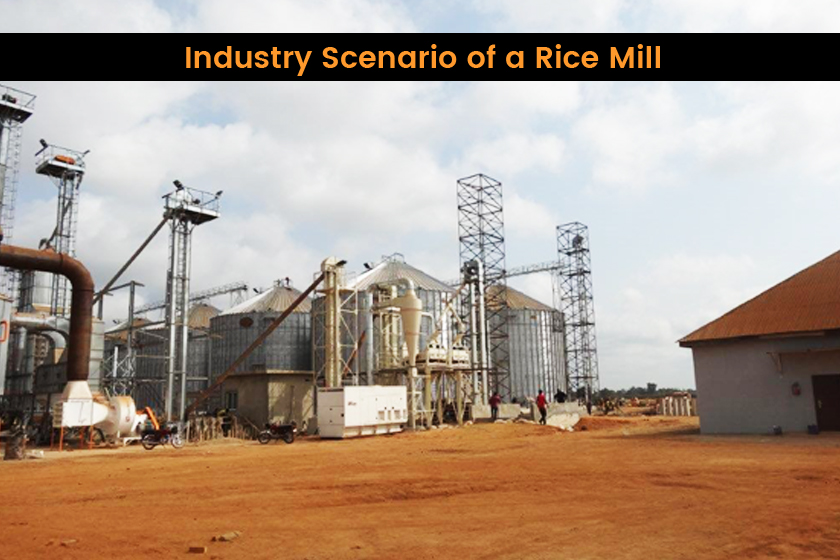Rice is the most important commercial food crop, providing nourishment for more than half the population in the globe. The Rice milling industry is getting more popular among the people. Rice milling removes hulls and brans from the paddy grain, offering polished rice to consume. Those living in the paddy-production areas can set up the rice mill plant. If you desire to start Rice Mill Business, you should follow the below-given steps properly. Let’s see a few instructions:
Choose the rice milling category
One of the essential foods for Indian people is Rice so setting up the rice mill plant is a rewarding business. There are various methods to start the business, such as one pass, two-step process, and commercial milling. It would be best if you chose the correct rice milling type which meets your requirements.
Create the business plan
As an entrepreneur, you need to know everything about the rice mill to operate the business smoothly. It is essential to write the business plan, which contains funds needed to purchase, the number of employees required, establish a business, cash flow analysis, and profit and loss investigation. Besides, the business plan is an important document you can utilize to grab the investor’s attention. Read more: The Advantages of Grain Milling Solutions
Rice mill company registration
The rice mill plant should have the necessary registration procedure. You should get a license from Government authorities. It includes registering your business with ROC, factory license, Udyog Aadhaar MSME registration, GST registration, and others. It is beneficial to consult the best rice and grain milling solutions consultant to obtain registration.
Purchase equipment
It would help if you bought quality equipment for the rice milling business. There are many contemporary rice milling machines, such as Rice color sorters, Rice cleaning equipment, Rice de-stoner device, Paddy separator instrument, and much more. It helps you to run the rice milling business successfully.
Land requirement
According to the processing capability of the rice milling unit, you can buy land for your business. The agricultural land is the perfect option for setting rice mill because it includes several operations. You can construct the rice mill plant, which offers smooth operation.
Getting raw materials
Getting the raw material from a reliable source is vital. Maintaining production throughout the year is key to your business’ success. There are two ways to source the raw materials: developing rice farms and purchasing the rice from suppliers. You can choose the suitable method and start production.
If you have planned to start a rice mill, you can get help from the Nextech rice mill consultant. They provide food grain and rice milling consultancy services with certified engineers.
Related Posts: How To Utilize Rice Mill To Generate More Profit
Related Posts: How to Setup Paddy Milling Plants
Related Posts: Consult With Experienced Rice Mill Engineers & Designers For Your Milling Business
 MAIL US :
MAIL US :
 CALL US :
>
CALL US :
>
